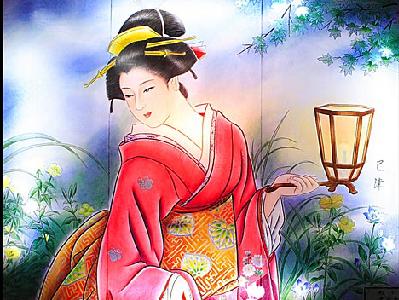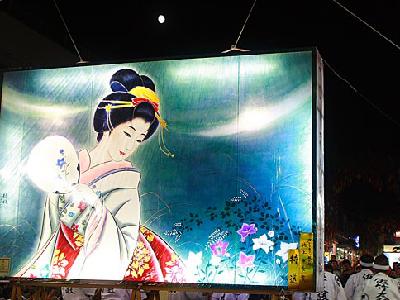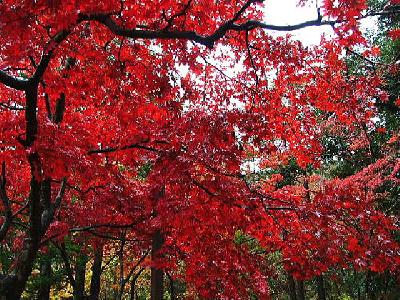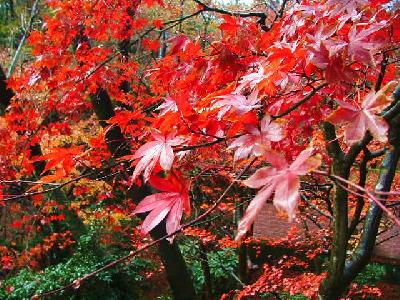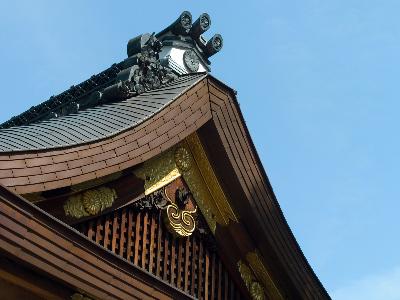Goou Shrine in Kamigyo Ward, Kyoto enshrines Wake no Kiyomaro and his elder sister Wake no Hiromushi. It is also called Kosodate Myojin (child-raising god). The precise time of its establishment is unknown. It was originally located in the precincts of Jingo Temple, but in 1886 removed to the present place. It was one of the government managed shrines under the old system of shrine rankings (shakaku). The deity, Princess Hiromushi was very affectionate and earnest over fostering orphans in town, so people began to call the shrine “Kosodate Myojin” and worshipped as a deity of child raising. Instead of usual koma-inu (lion-dog guardian), a pair of stone-carved wild boars is set out in front of the main shrine. A wild boar is the symbol of the shrine because the legend has it that when Wake no Kiyomaro was exiled to Kyushu, a pack of wild boars appeared and protected him during the journey. So people also call it “Inoshishi Jinja (wild boar shrine)” and a lot of items such as clay bells, figurines, writing cards and ema (wooden plaques with prayers or wishes) concerning wild boars which were dedicated by nationwide worshippers are displayed. It is said that a person born in the Japanese zodiac year of a wild boar can get the fortune at this shrine.


